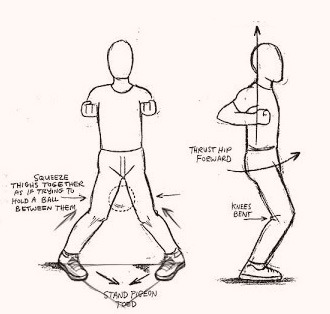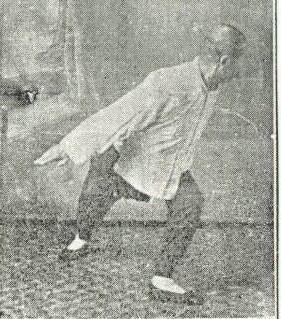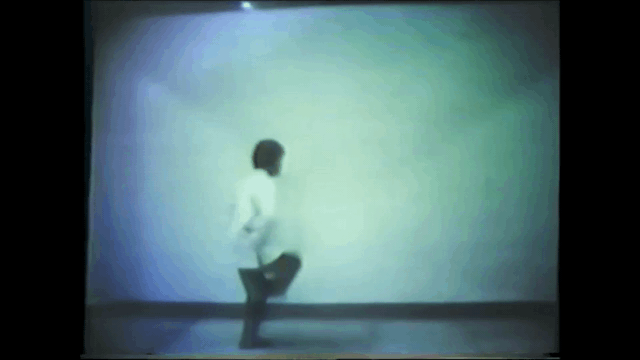APL76
Blue Belt
Nah. You got this part mixed up. Hunter or "Hunschuld" was the guy that said the stance pictured was wrong. And, if I'm correct his primary lineage... the one he trains most deeply, in not in the Yip Man lineage ...although he previously trained Yip Man WC.
Other than that, the drawing above, though imperfect, is pretty much representative of what I've seen in a lot of Yip Man Wing Chun, including my own lineage. The feet are a little wide ...or perhaps the figure's shoulders are too narrow? Oh, and tilting your head back to stick out your chin and expose your throat is kinda dumb... but now I'm just nit-picking. It's just a diagram after all.
As for the rest of what you said, ...yeah, I agree!
I wasn't meaning to suggest that anyone here who is a Yip Man person were all saying it's wrong; rather noting that given that for the majority of Yip Man wing chun, which is from his Hong Kong era, and which forms the overwhelming majority of wing chun taught around the world, they typically see sinking down in the stance with the knees in as wrong. Therefore it would be unsurprising to get that sort of feedback. I should have been clearer.





